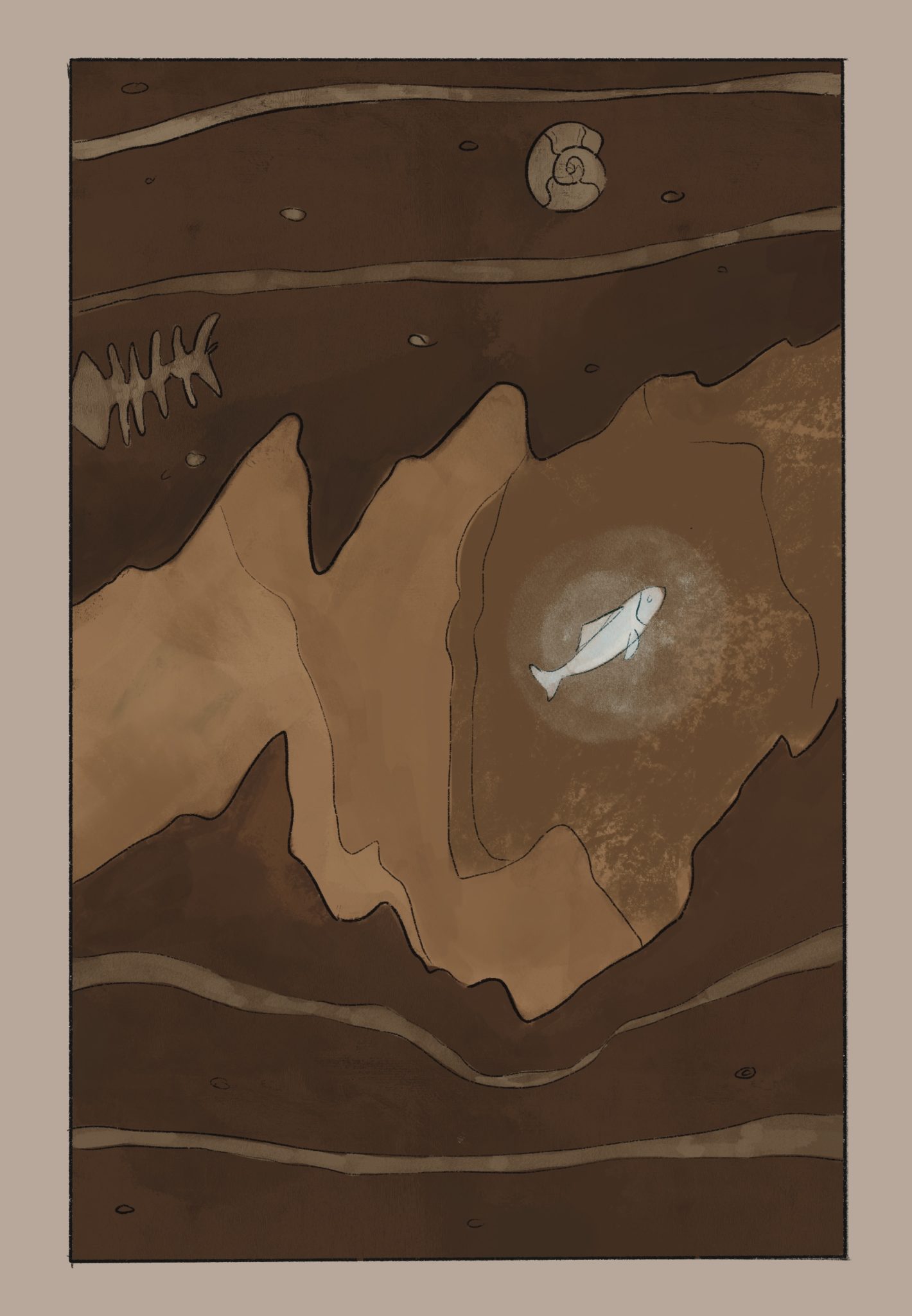Collaborative study of ancient DNA unearths patterns of life in the Stone Age
A new study involving genomic sequencing from ancient DNA has provided insights into the interactions between ancient foragers of Africa prior to practices of farming and herding animals.

Tori Lu
A new study co-led by Jessica Thompson, assistant professor of anthropology at Yale and assistant curator at the Peabody Museum, has made crucial progress in studying the movements of African populations during the Stone Age by sequencing genomes from ancient DNA.
The study was a product of collaboration involving researchers from Kenya, Malawi, South Africa, Tanzania, Zambia and the United States. The team used genomic sequences obtained from individuals whose remains date back to the Stone Age to discern the population movements and patterns that shaped the era. In particular, the study focuses on how ancient foragers interacted with one another before practices of farming and herding livestock altered their genetic landscape. Thompson became involved in this area of research after spending time studying the Mount Hora archaeological site in Malawi, where two adult skeletal remains were successfully excavated in 1950.
“I was hoping that ancient DNA from some of these later Stone Age skeletons could speak to earlier processes in the time period that was originally my interest, which was the Middle Stone Age,” Thompson said. “As I continued to work at that site, I got more and more intrigued by the later Stone Age itself, and I just wanted to know more about these people and how they socialized with each other — if they partitioned their areas out into territories which they defended or if they were much more interested in developing long distance social networks — and there’s evidence for all of those things happening.”
Members of the study worked to recover items associated with the initial remains discovered at Mount Hora, while other collaborators investigated different archaeological sites and worked in conjunction with museum curators and heritage officials to sample remains that had been previously discovered and analyzed. Certain remains were studied in the context of DNA libraries, which were created through the continued amplification of DNA that was extracted from powderized bone.
In addition to studying samples from museums and DNA libraries, the team also added sequences from ancient remains of six individuals to the information pool, three of which came from sites under Thompson’s direction in conjunction with the Malawi Department of Museums and Monuments.
A notable finding by Thompson’s team was the discovery of the skeletal remains of two infants, aged 14,000 and 16,000 years old, respectively. This discovery was crucial due to the rarity of finding skeletal remains from such an early era, a problem that has caused a significant gap in the human skeletal record. Alex Bertacchi GRD ’24, a co-author of the study, recalled how the momentum of the excavation immediately shifted after identifying an infant skull at the site.
“We stopped the normal excavation, so to speak, and we spent the following three days carefully exposing each single bone and then taking numerous pictures that were used to create a 3D model of the remains,” Bertacchi said. “It was really hard because it’s always slow and careful to excavate remains of this age, but in this case, we were particularly slow and careful, so it took three days, from 8:00 a.m. to 7:00 p.m. to just expose all of the bones.”
The genetic information acquired from the infant skeletons, as well as from the other samples, suggested the existence of three distinct populations from sub-Saharan Africa that came to blend not only biologically but also culturally in eastern Africa. According to Thompson, these changes were mirrored first in how material culture was altered as people began to travel longer distances as part of this convergence and again as the newly combined populations settled and began to develop their own cultural traditions and practices in a process called regionalization.

The transition from the Middle Stone Age to the Later Stone Age, for example, displayed a notable increase in the quantity of artifacts made from ostrich egg shells, such as beads and flasks, as well as pigments such as ochre used for personal ornamentation or creating art on the walls of caves. This is further indication that people were beginning to interact more regularly with different populations due to the more widespread nature of the artifacts.
“Archaeologists have long said, ‘Well maybe all of this connectivity is happening around 50,000 years ago when we start to see symbolic objects like beads emerging and people connecting in new ways has something to do with demographic change,’ but there was really no way we could test that — and now with ancient DNA, we can,” said Mary Prendergast, an associate professor of anthropology at Rice University and a senior author of the study.
Prendergast emphasized that with this new data, scientists have received a “pretty clear signal” that these people were socializing and connecting in novel ways in comparison to their ancestors.
For Thompson, the most fascinating parts of the study included receiving confirmation of the presence of ancient DNA in the excavated samples, as well as the process of field work alongside her colleagues in this expansive collaboration. The discovery of the infant remains also held a particularly emotional significance for Thompson.
“The year that we found those two infant skeletons, I was actually pregnant,” Thompson said. “It’s sort of this interweaving of the personal and the professional that made it incredibly meaningful, in a way that was even more so than it would have been otherwise … getting the DNA results … shouldn’t necessarily make them feel more human to you but it makes you feel a lot closer to them as a person or an individual.”
Thompson leads the Malawi Ancient Lifeways and Peoples Project in Central Africa.







